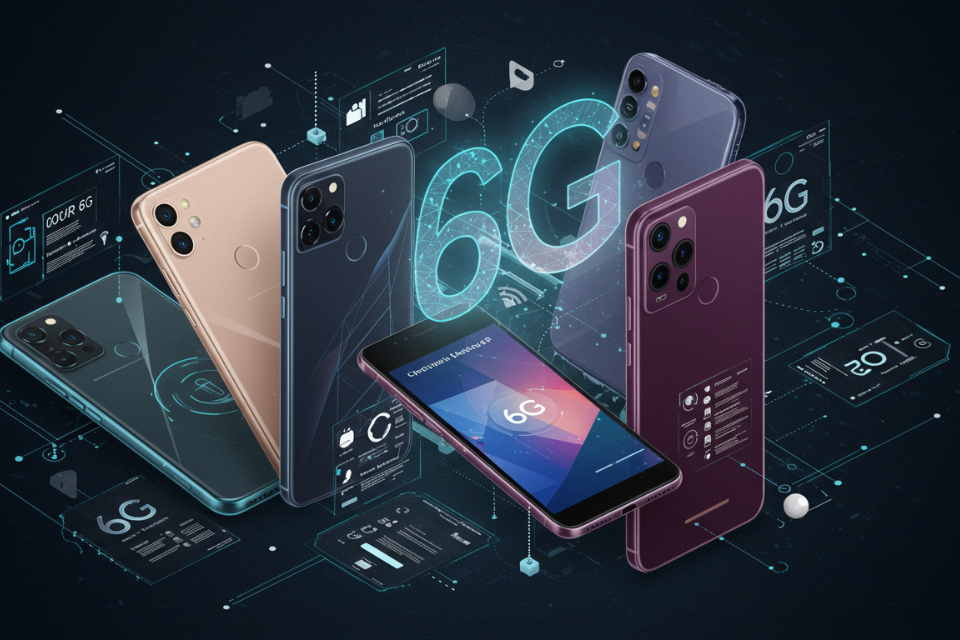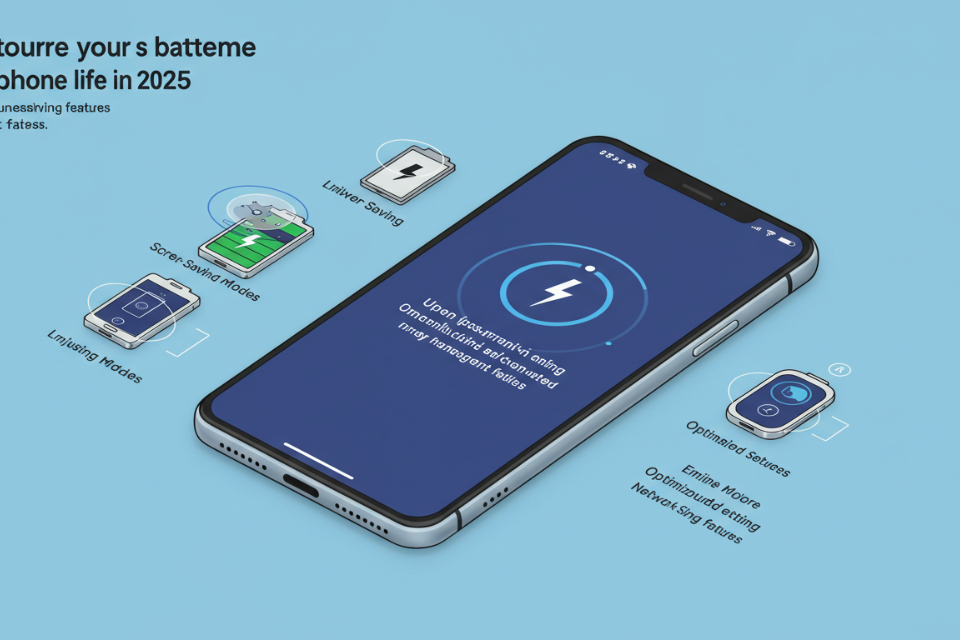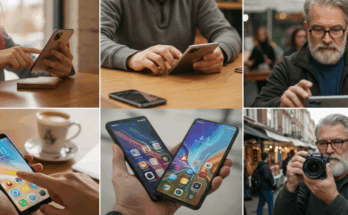The year is 2025. Foldable phones are commonplace, and the next big technological leap is on the horizon: 6G. While still in its developmental stages, 6G promises a radical transformation of our smartphone experience, impacting everything from speed and latency to functionality and applications. Let’s delve into what we can expect.
Blazing-Fast Speeds and Lower Latency
6G aims to deliver peak data rates of up to 1000 Gbps, a massive increase over 5G. This means virtually instantaneous downloads, lag-free streaming, and seamless connectivity even in crowded areas. Imagine downloading a high-resolution movie in seconds, or experiencing truly immersive augmented reality without any noticeable delay. This speed increase will be driven by advancements in several key technologies, including the use of higher frequency bands and more efficient modulation techniques. Learn more about the technological advancements behind 6G.

Enhanced Network Capacity
With the proliferation of connected devices, from smartphones and wearables to smart homes and autonomous vehicles, the demand for network capacity is exploding. 6G’s improved spectral efficiency and network architecture will be critical in handling this increased load. It will facilitate the connection of billions of devices simultaneously without compromising speed or reliability. This will pave the way for the Internet of Things (IoT) to truly flourish.
Transformative Applications
The unparalleled speed and capacity of 6G will unlock entirely new applications and experiences on our smartphones. Think of holographic communication, real-time medical diagnostics, and advanced tactile feedback in gaming. The possibilities are endless, limited only by our imagination and the pace of innovation. Explore the potential applications of 6G in various sectors.
Improved Energy Efficiency
While increased speed often comes at the cost of higher energy consumption, 6G is designed to be more energy-efficient than previous generations. This will lead to longer battery life for our smartphones and reduce the environmental impact of mobile technology. This is achieved by optimizing signal processing and employing more sustainable materials in the manufacturing process.
Enhanced Security Measures
Security is paramount in the digital age, and 6G is expected to incorporate advanced security measures to protect user data and prevent cyber threats. This will involve utilizing cutting-edge encryption techniques and robust network authentication protocols. Read more about the security features of 6G networks.
Seamless Global Connectivity
6G aims to provide seamless global connectivity, eliminating the connectivity issues we often experience when traveling internationally. This will be achieved by leveraging a combination of terrestrial and satellite networks to create a truly ubiquitous communication infrastructure.
Challenges and Rollout
While the potential of 6G is immense, there are significant challenges to overcome before widespread adoption. These include the development of new hardware, the allocation of spectrum, and the standardization of technologies. Experts estimate that the global rollout of 6G networks will be a gradual process, with initial deployments expected to begin after 2030, even though research on some aspects is already being undertaken. Learn about the expected timeline for 6G deployment.
The Future is Connected
6G will be more than just an upgrade; it will be a fundamental shift in how we interact with our smartphones and the world around us. While 2025 might not see full 6G implementation, the groundwork is being laid for a future where hyper-connectivity and seamless experiences define our daily lives.
Frequently Asked Questions
What are the key differences between 5G and 6G? 6G will offer significantly faster speeds, lower latency, and higher capacity compared to 5G. It will also support more advanced applications and enhanced security features.
When can I expect to have a 6G smartphone? Widespread availability of 6G smartphones is not expected until after 2030, as the technology is still under development and requires significant infrastructure investment.
What new applications will 6G enable? 6G’s speed and capacity will enable new applications such as holographic communication, advanced AR/VR experiences, and real-time medical diagnostics.
Will 6G be more energy-efficient? Yes, 6G is designed to be more energy-efficient than 5G, leading to longer battery life for smartphones and a smaller environmental impact.
What are the biggest challenges facing 6G deployment? Challenges include the development of new hardware, the allocation of spectrum, and the standardization of technologies.



